8 Must-Visit Ethnic Enclaves in the US
From D.C.'s Little Ethiopia to L.A.'s Koreatown, these enclaves are worth seeing
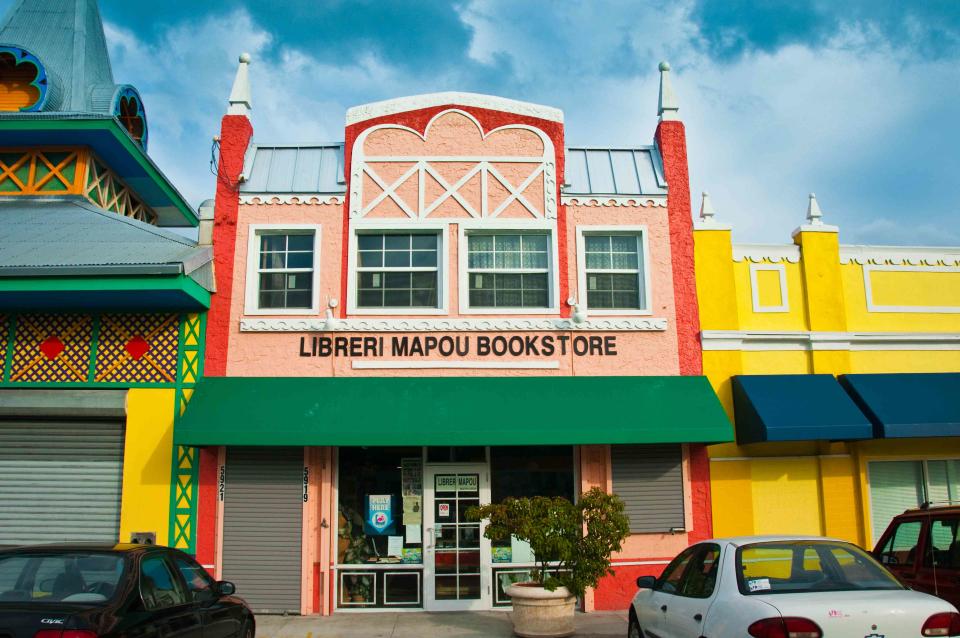
The United States isn’t a cultural melting pot; it’s a stew. Immigrants come here not to give up their culture and heritage but to have the economic, religious, and political freedom to practice the traditions of their homeland as they learn to navigate the ins and outs of their adopted country. While many cities have a Chinatown or a Little Italy, if those are the only ethnic enclaves you’ve visited, you’ve barely scratched the surface. Lesser-known communities from Africa, Asia, Europe, and the Americas are found from Los Angeles to New York. They function as hubs of support, resources, and cultural connections for those who’ve left everything behind for the American dream. They’re also among the nation’s most amazing neighborhoods, with culinary, musical, and artistic traditions all their own, giving those outside the community the chance to travel the world without leaving home.
Little Mogadishu in Minneapolis
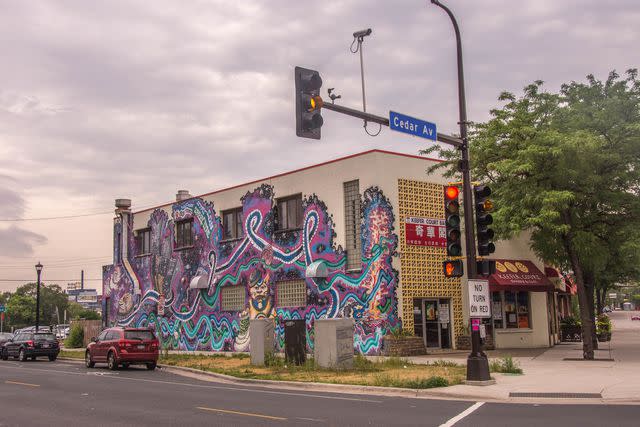
Wayne Hsieh / CC BY-NC 2.0 / Flickr
Every Tuesday at 6 p.m., the country’s only English-language Somali program hits the airwaves from KFAI studios in the Cedar-Riverside neighborhood of Minneapolis. This program is just one of many cultural, religious, and business ventures that make up the tapestry of Little Mogadishu, the largest Somali community in the U.S. Since the arrival of the first refugees of the 1991 civil war, Little Mogadishu has evolved into a home away from home with a thriving art and music scene that draws Somalis from around the world (including legendary artists like Aar Maanta) to venues like the Cedar Cultural Center. The Cedar Avenue corridor is also the heart of the Somali food scene, a cuisine that includes dishes like goat curry, flatbreads, and basbaas (a hot sauce made with green chiles, cilantro, garlic, and onion) at restaurants like the fast-casual Safari Express and the indoor Somali marketplace Karmel Mall.
Chindianapolis in Indianapolis
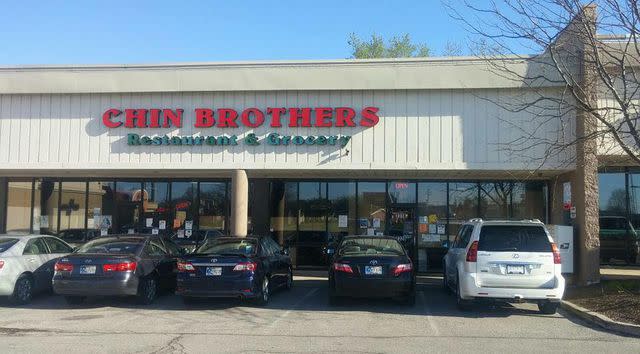
Courtesy of Chin Brothers Restaurants & Grocery
In just two decades, the southside of Indianapolis transformed from an overwhelmingly white neighborhood to one of the largest Burmese Chin communities outside of Myanmar. A primarily Christian minority in their majority Buddhist homeland, the Chin first came to the city as refugees fleeing religious and ethnic persecution. Now they form Chindianapolis, an enclave of 20,000 people. Chin businesses flourish near the crossroads of Madison Avenue and Southport Road, and life for newcomers often begins at the Indiana Chin Center. At the nearby Chin Brothers Restaurant and Grocery, chefs have been serving a taste of home daily since 2010 with dishes like vok ril, a Chin pork blood sausage, and sabuti, a meat and ground corn soup.
Little Saigon in San Jose
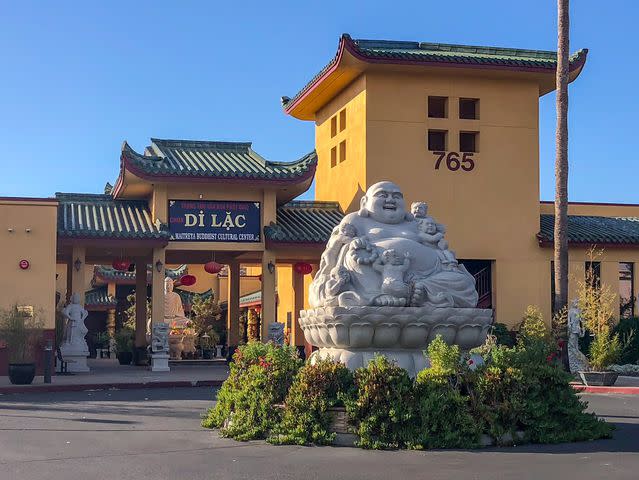
Will Buckner, CC BY 2.0, via Wikimedia Commons
Temples dedicated to the veneration of ancestors and animist spirits rise from residential streets and urban strip malls of San Jose’s east side, evidence of the city’s nearly 200,000 Vietnamese and Vietnamese-American residents. The largest Vietnamese community outside of Vietnam, Little Saigon is the epicenter of Silicon Valley’s Tet (Lunar New Year) celebration each January, featuring lion dancers, DJs, and fireworks that explode across the night. The rest of the year, Little Saigon’s restaurants, tea shops, markets, and bakeries are open for business and most heavily concentrated at Grand Century Mall and Vietnam Town at Story Road. At nearby History San Jose, the Museum of the Boat People & the Republic of Vietnam is dedicated to the immigrant experience.
Little Albania in The Bronx
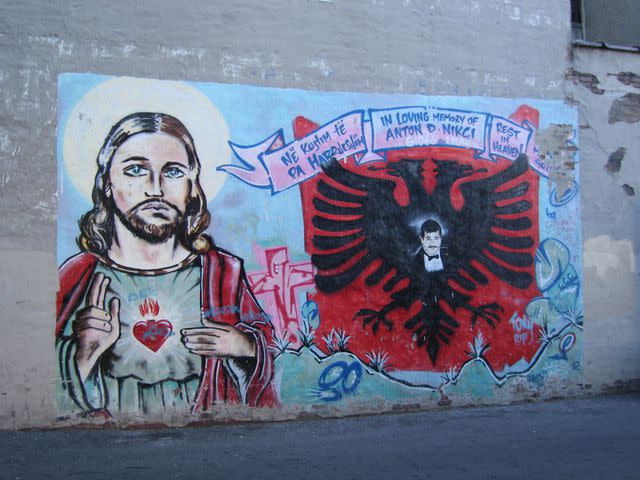
bee721 / Flickr / CC BY-NC-SA 2.0
The Bronx has always been an ethnic mosaic, providing refuge for immigrants from sub-Saharan Africa to the Dominican Republic. But over the last couple of decades, the borough, especially the historically Italian neighborhood around Pelham Parkway, has drawn thousands of ethnic Albanians from their southeastern European homeland. More than 100,000 now live in New York City. In the Bronx, Albanian markets, stores, and restaurants like Sofra and Çka Ka Qëllu cater to the growing community, selling familiar foodstuffs like dried ribs, filo dough, ajvar (a condiment made with red pepper), and tave dheu tironse, beef stew in a clay dish. Each November, the neighborhood celebrates the Albanian Festival, the largest Albanian event in the U.S.
Little Ethiopia in Washington, D.C.
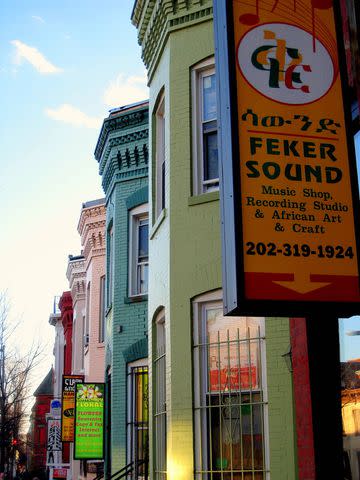
Peter Fitzgerald, CC BY-SA 4.0, via Wikimedia Commons
The area around 9th and U Streets in Washington, D.C., wasn’t the first Ethiopian enclave in the city. The first Ethiopian immigrants of the 1970s stayed in the Adams Morgan neighborhood before moving in the ‘90s due to the increasing gentrification and skyrocketing rents. Still, with an estimated population of 300,000 to 500,000, the largest outside of Africa, the Ethiopian community is a force to be reckoned with. They’re such a valued enclave in the capital that, in 2018, the mayor proclaimed July 28 to be Ethiopia Day. The D.C. metro area has more than 1,200 Ethiopian-owned businesses, restaurants, and markets. Food is a cultural touchstone for the community (along with the Ethiopian Orthodox Church, of which there are eight churches in the metro area), and the cuisine acts as an ambassador for the community with an abundance of restaurants that range from elegant to fast-casual.
Little India in Edison
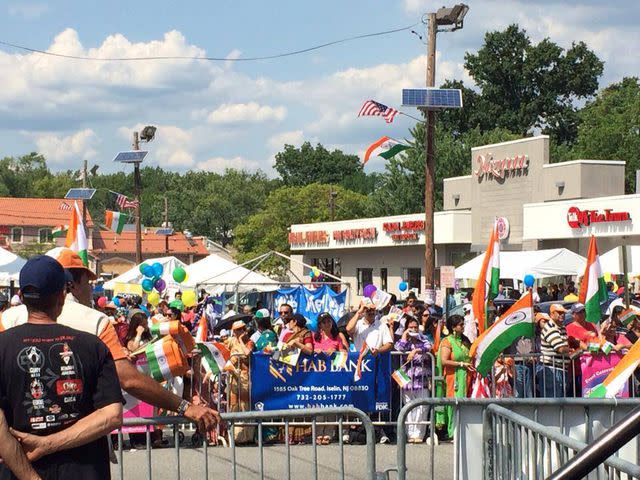
Courtesy of India Day Parade
Edison township in central New Jersey has a large, diverse South Asian population and one of the densest concentrations of Indian immigrants in the U.S. The community’s geographical backbone is Oak Tree Road, a 1.5-mile high street with more than 400 South Asian-owned shops, including boutiques featuring the subcontinent's best designers, as well as bridal fashions and jewelry. Restaurants, too, have populated en masse on Edison’s suburban streets, specializing in a wide variety of regional cuisines from Indo-Chinese at Moghul Express to South Indian at Saravana Bhavan to Pakistani at Shalimar. Several days each year, during holidays like Diwali, Holi, and on Indian Independence Day, Edison erupts with color, music, and dance that draws Desi luminaries from as far away as Bollywood.
Koreatown, Los Angeles
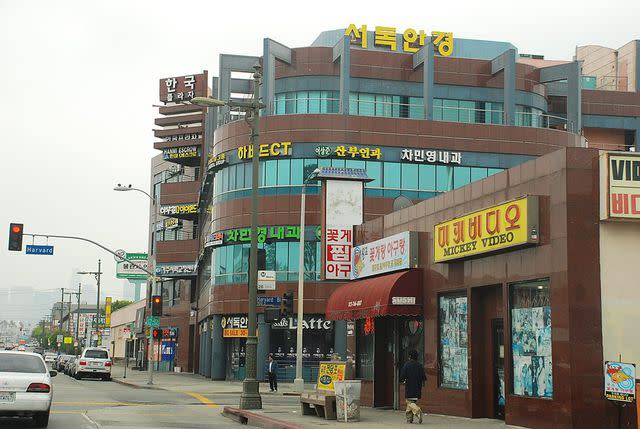
DaveofCali, CC BY-SA 3.0, via Wikimedia Commons
One of L.A.’s buzziest neighborhoods for restaurants and nightlife, Koreatown is also one of its largest ethnic enclaves. Koreans began settling in the southwestern corner of the city around 8th and Irolo Streets in the 1930s, but it wasn’t until the 1960s that its identity shifted. Today, Koreatown has the largest concentration of Koreans outside of Korea (along with a healthy population of Salvadorans and Oaxacans). K-Town is rich in traditional and hybrid-Korean eateries, including both local landmarks and outposts of Seoul favorites. Alongside Koreatown’s endless culinary options are karaoke bars, Korean-style day spas, grocers, bookstores, and boutiques. The Korean American National Museum (reopening in 2022), Korean Cultural Center, and the Los Angeles Korean Festival and parade, an annual tradition for almost 50 years, also call the neighborhood home.
Little Haiti in Miami
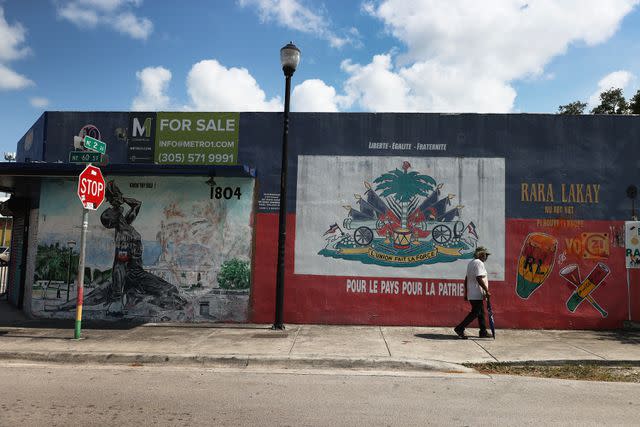
Housed within Victorian-Caribbean-style storefronts painted in bright, tropical colors are the shops, restaurants, and institutions of Little Haiti. Serving as one of Miami’s most stylish neighborhoods, the area around North Miami Avenue and 62nd Street has welcomed Haitian refugees since the 1980s, with the 13-foot bronze likeness of the father of the Haitian Revolution, Toussaint L’Ouverture, overseeing their arrival. Art electrifies Little Haiti with street murals, contemporary galleries, and the Haitian Heritage Museum, all highlighting the culture of the Haitian diaspora. Like Chef Creole and Manjay at The Citadel, a food hall/rooftop lounge, Haitian restaurants, too, reflect the flavors of the Caribbean nation. But it’s the Caribbean Marketplace, a replica of the Iron Market in Port Au Prince, that holds the heart of Little Haiti, with regular cultural and music events and the weekly Caribbean Market Day each Saturday.

